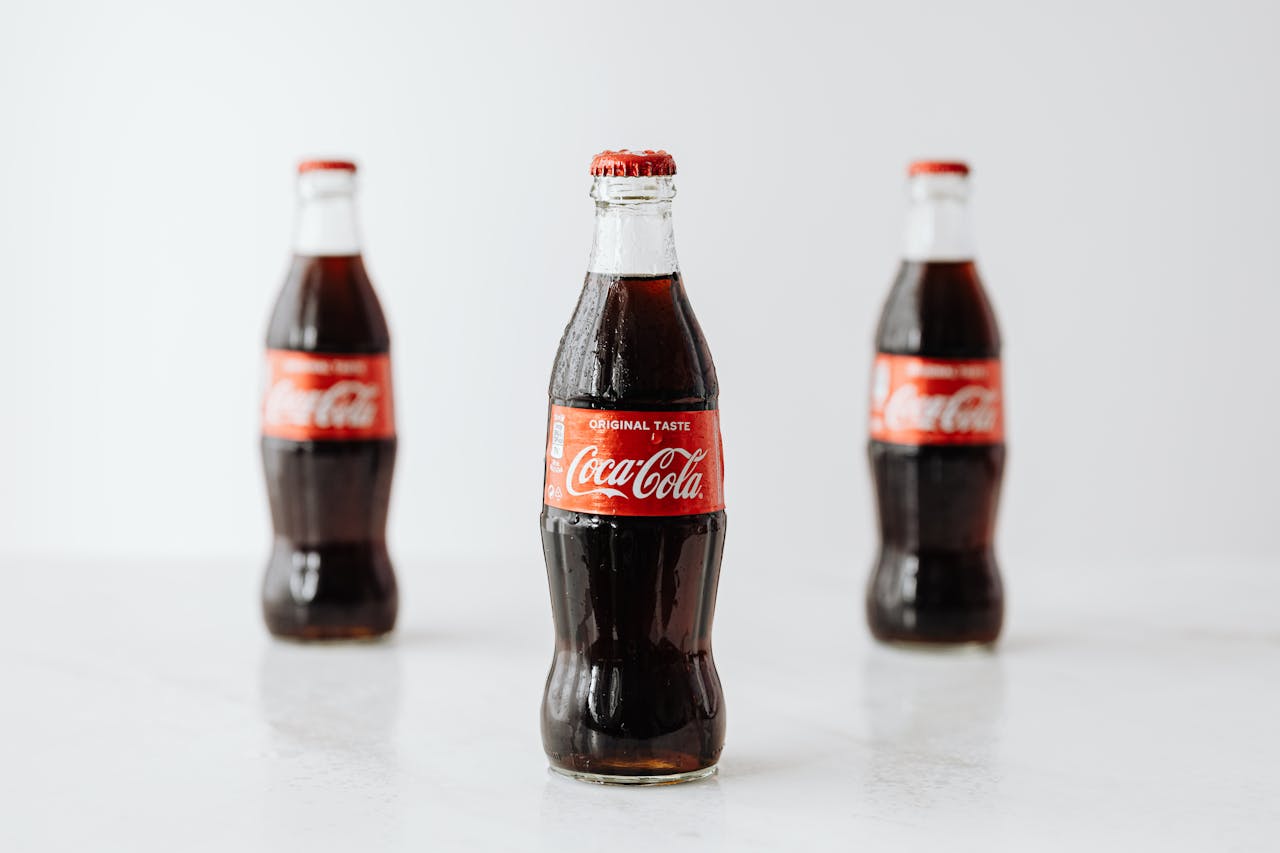
While trademarks typically protect brand names, logos, and slogans, many are surprised to learn that it can also apply to colors, shapes, or other aesthetic features of goods or services. This is known as “Trade Dress” and it is just as eligible for trademark registration.
What Is Trade Dress?
This specific type of trademark refers to the visual appearance of a product or its packaging, including the shape, color, design, or layout, that serves to identify and distinguish the product or service in the minds of consumers. Some more well-known examples of trade dress include:
– The shape of a glass Coca-Cola bottle.
– The layout and design of a fast-food restaurant like McDonald’s or Chipotle.
– The unique packaging of a product, such as the Tiffany & Co. blue box.
Just like trademarks, you must meet certain criteria to qualify for protection. Namely, it must be distinctive, non-functional, and recognizable by consumers as identifying the source of a product or service.
Distinctiveness
For trade dress to be protected, it must be distinctive, meaning that it identifies the source of the product or service in the minds of consumers. Trade dress can be inherently distinctive or can acquire distinctiveness through secondary meaning.
Something is inherently distinctive if it is unique, unusual, or immediately recognizable as associated with a particular brand. Something has secondary meaning when consumers have come to associate the specific design, packaging, or layout with a particular source over time.
Non-Functionality
One of the key elements of protection is that the design or packaging must be non-functional. This means that the elements being protected cannot be essential to the use or purpose of the product. Basically, if it affects the cost or quality of the product, it is functional.
For example, the design of a product’s handle or the shape of a container that is necessary for it to work efficiently would not be eligible for protection because it serves a functional purpose. However, purely aesthetic features, such as a decorative pattern or unique color combination that does not affect functionality, may be protected.
Likelihood of Confusion
And finally, just as with trademarks, trade dress cannot be so similar to other, prior existing designs that it is likely to cause confusion among consumers regarding the source of the underlying goods and services. Courts assess several factors when determining the likelihood of confusion, including the similarity, the strength of the original trade dress, and the intent of the infringer.
Registering With The USPTO
While it is not necessary to register with the USPTO to gain legal protection (similar to common law trademark rights), doing so provides significant benefits. Trade dress can be registered with the United States Patent and Trademark Office (USPTO) as a type of trademark, giving the owner enhanced legal rights and making it easier to enforce protection in court.
The process of registering with the USPTO follows similar steps to trademark registration where an examining attorney reviews the application and ensures that the proposed trade dress meets the three criteria mentioned above.
Once your federal registration is completed, it acquires all the same benefits that registration offers standard trademarks, including a presumption of validity and access to federal courts for matters such as infringement and dilution.
Benefits of Trade Dress Protection
Protection offers several important benefits to businesses including helping the businesses distinguish their products or services from competitors, building a unique identity in the marketplace. This unique identity allows customers to recognize a brand quickly, fostering loyalty and trust.
This level of protection also provides legal grounds for businesses to stop competitors from copying their product designs or packaging, reducing the risk of unfair competition.
Limitations of Trade Dress
Despite its benefits, there are some limitations to trade dress protection. Courts often require substantial evidence of distinctiveness, especially for product design trade dress, which can be difficult to prove. Moreover, by claiming trade dress, a party is essentially stating that their design does not improve functionality. This means that later on, that party cannot then claim that it does improve functionality in its marketing without leaving itself open to attack regarding the validity of its trade dress by third parties.
Finally, for trade dress that is not inherently distinctive, it will take years of use, marketing, and significant financial expenditure, before it acquires secondary meaning and becomes eligible for protection.
Trade dress law in the United States offers businesses an essential tool for protecting the distinctive appearance of their products or services. While the process of securing trade dress protection can be complex, the benefits make it a valuable investment for companies that want to safeguard their unique branding. By ensuring that their trade dress is distinctive, non-functional, and properly registered, businesses can build a strong foundation for long-term success in the marketplace.
Inside Out Legal is your In-House Extension.
We handle a wide variety of matters that are typically handled by corporate in-house legal departments. We are available to provide additional legal resources directly to the general counsel’s office to handle overflow and specific projects. We are also able to provide services directly to the business team itself. Our team regularly counsels clients on how to comply with federal and state regulations that govern healthcare, higher education, information technology, data privacy and security, commercial real estate and various other highly regulated services. We also have extensive experience creating or revising compliance programs on behalf of our clients.
Learn more or schedule a consultation with one of our expert attorneys at https://inoutlaw.com/
